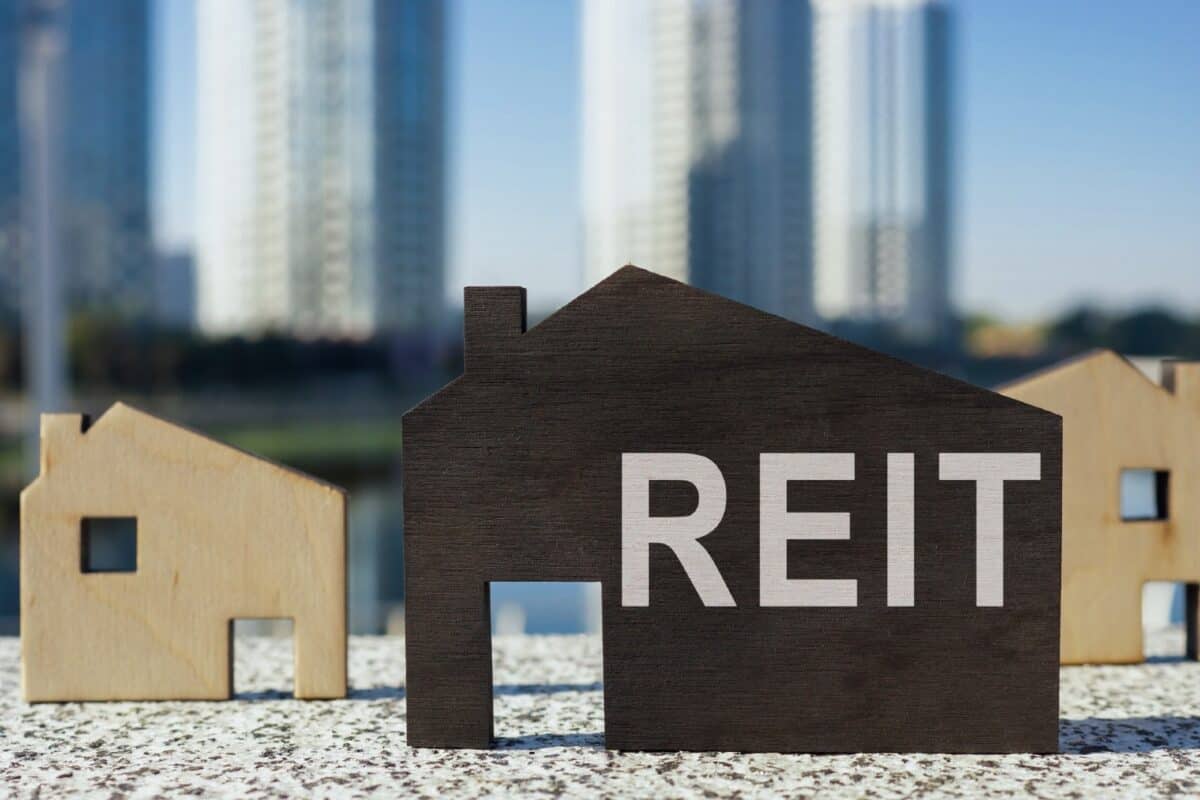Being a buy-to-let landlord in the UK has arguably never been more difficult. But it’s still possible for investors to earn a second income through real estate.
Real estate investment trusts (REITs) are companies that own and lease property. And they distribute the rent they collect to shareholders, providing a source of passive income.
Please note that tax treatment depends on the individual circumstances of each client and may be subject to change in future. The content in this article is provided for information purposes only. It is not intended to be, neither does it constitute, any form of tax advice.
The PRS REIT
Different REITs own different types of properties. The PRS REIT (LSE:PRSR) is focused on residential housing and I think it could be a smart alternative to being a landlord.
One of the biggest issues with managing a portfolio of buy-to-let properties is having to deal with constantly changing regulations. A good example is energy efficiency.
At the moment, rental properties in the UK have to have an Energy Performance Certificate (EPC) rating of ‘E’ or higher. But landlords might have to deal with this going higher over time.
Shareholders in The PRS REIT probably don’t need to worry though. All of its properties are rated ‘C’ or higher and if they do need upgrading, that’s for management to do, not investors.
Dividends
At the moment, the business pays out 4p a year in dividends to shareholders, which is a 3.8% yield at today’s prices. That’s not so exciting by itself, but there could be plenty more to come.
In general, REITs have two main avenues when it comes to growth. One involves raising rents and the other involves adding more properties to their portfolios.
I think The PRS REIT has decent prospects for both. In terms of rent increase, the company’s been increasing rents by 11.7% over the last year while maintaining 100% rent collection levels.
On top of this, the firm has 180 homes with an estimated rental value of £1.4m a year under contract to add to its portfolio. So there are clear growth prospects for investors.
Risks
I think the market for The PRS REIT’s pretty good. Demand for rental properties is unlikely to go away any time soon and with buy-to-let properties being less popular, supply’s also limited.
Nonetheless, there are some important risks. The most obvious of these is financing – while the company is able to buy houses directly from developers, doing so will involve taking on debt.
This can significantly cut into profits over time. For example, The PRS REIT has a £102m loan that it’s currently paying 6% on until 2038.
The company’s average cost of debt is lower – at around 4.5%. But investors should keep an eye on the firm’s balance sheet to make sure borrowing costs don’t become a problem in future.
Income before Christmas
In many ways, The PRS REIT has a relatively straightforward business model. But it’s the stock I’d buy today if I were looking to start trying to earn a second income before Christmas.
The company’s shares trade ex-dividend on 7 November. And investors who own the stock when the market opens that day will receive a dividend 22 days later.








